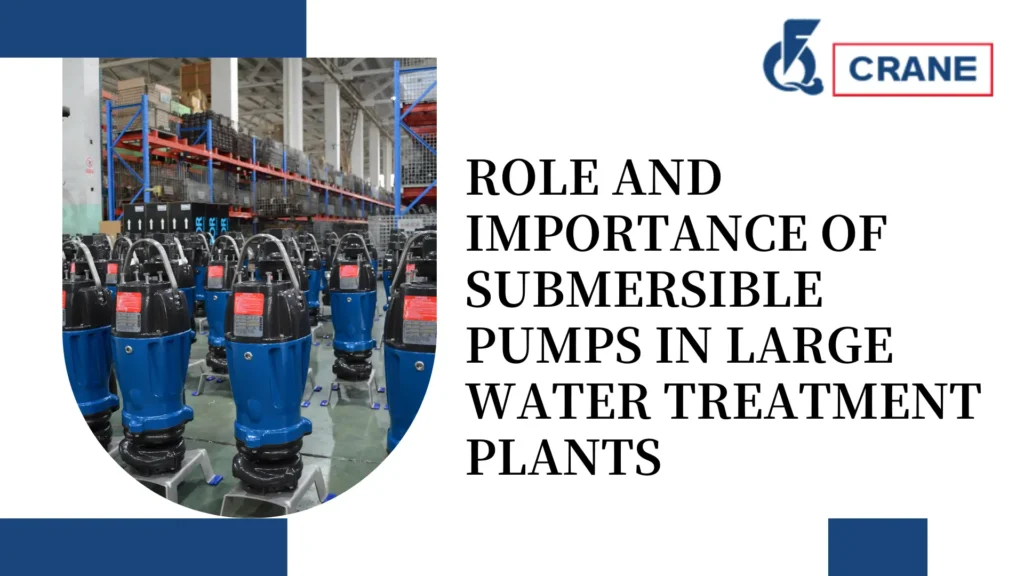This is a general idea of how submersible pumps work converting mechanical to hydraulic energy.
This device uses an electrical motor which is kept inside a waterproof casing, driving the pump.
As the motor turns, it drives an impeller to draw water from an intake through which it forces the water through a discharge pipe upward.
In this way, continuous flow within the pump is created, the property that makes a submersible pump performance reliable for high-demand environments.
The various components are properly dovetailed to achieve perfect performance of the submersibles.
These base element components may include the electric motor to provide energy source, propeller to enable liquid motion, discharge head for specifying the flow of water while the casing, making sure that the internal functioning of the machine is safe and sound from external conditions.
Each part is supplied for achieving toughness, efficiency, and, hence, total functional capability of the pump.
Learn More:
- Types of Submersible Pumps in Wastewater Treatment Plants
- The Role of Submersible Pumps in Modern Waterworks
Importance in Water Treatment Plants
Ensuring Clean Water Supply
Ensuring water supply clean is another function of submersible pumps at water treatment plants.
These pumps take water from underground sources, such as wells, or aquifers, to the treatment sites where it undergoes several purification processes.
It is very crucial to ensure that submersible pumps are efficient and reliable in order to ensure that they satisfy public health standards and provide communities with safe drinking water.
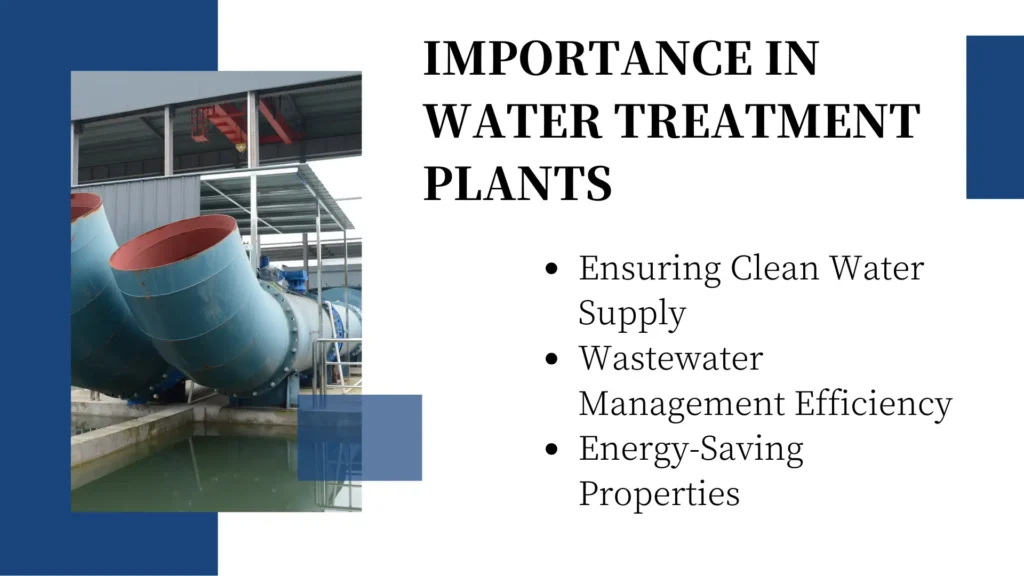
Wastewater Management Efficiency
It also enforces wastewater treatment with a supply of clean potable water.
They haul by use of these water pumps the sewage and other waste materials from gathering points to the location of the facility for appropriate treatment.
They are also suitable for handling both solid waste and liquid, the result being highly effective processing and treatment of wastewater.
This provision ensures the public’s safety and health regarding the environment.
Energy-Saving Properties
An important trait with submersible water pumps is their energy efficiency.
These have been constructed with the most minimum energy requirement prerequisites in mind, thus reducing not only the operational costs but also the reduction of pollution in nature.
Submersible pumps use motor technology, which is further enhanced and all parts functioning to promote energy efficiency as there are lower costs in operation due to high performance but low power consumption-therefore, it is the most cost-effective option for water treatment facilities.
Advantages of Using Submersible Pumps
Low Maintenance Needs
Low maintenance requirements are the distinctive advantages of pumps that are supposed to be submerged underwater.
The presence of debris or contaminants in a particular pump is said to be minimal due to relatively lesser wear and tear in case of submersible pumps as such.
This in turn typically leads to lowering down of frequency and cost of the services in treatment plants, something that afterward would ensure allocation of resources to its best use efficiencies.
Versatility
Submersible pumps are so versatile that it is possible to use them in a variety of places.
In almost all instances, they are usable-from municipal water supply systems to involved applications such as those of an industrial wastewater treatment facility-with zero or minimal difficulties.
Rather so, the capability of submersible pumps to solve drying needs with respect to fluid handling for all these flow rates has made characteristic of these machines.
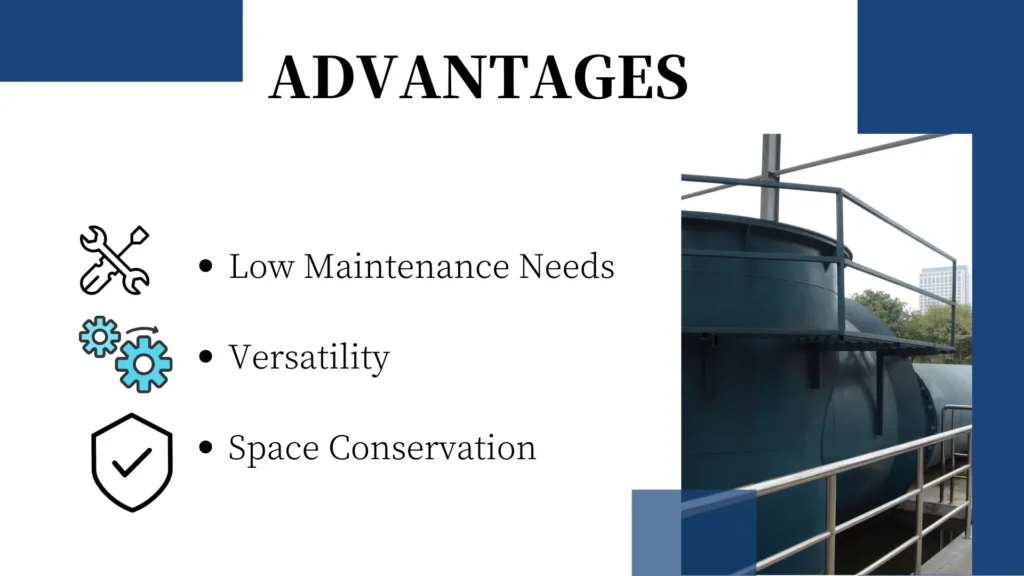
Space Conservation
Because it is installed directly below the water surface, the small-size submersible pump distinctly provides features of space conservation.
Particularly effective in plants where space is a premium, users can manage water very efficiently with compromising output effectiveness.
Installation Considerations
Site Evaluation
Site assessment is essential prior to the installation of a submersible pump.
With respect to securing the provision of appropriate pump type, size, and power specifications, this assessment helps to identify the particular requirements of the submersible pump.
Decisive factors that are regarded are the depth of water, the rate of flow, and the properties of the liquid that needs to be pumped.
This makes sure the highest operational capability plays an important role.
Recognition of the Proper Sizes
Choosing the right size of a submersible pump is an important requirement to establish effectiveness in the work being performed.
For example, an undersized pump intake may not keep up with the water demand, so water supply may be suffering, while an oversized pump may exhaust more energy and total wear on the components.
Therefore, one must largely rely on the outcome of genuine evaluation for maximum performance and duration of the pump.
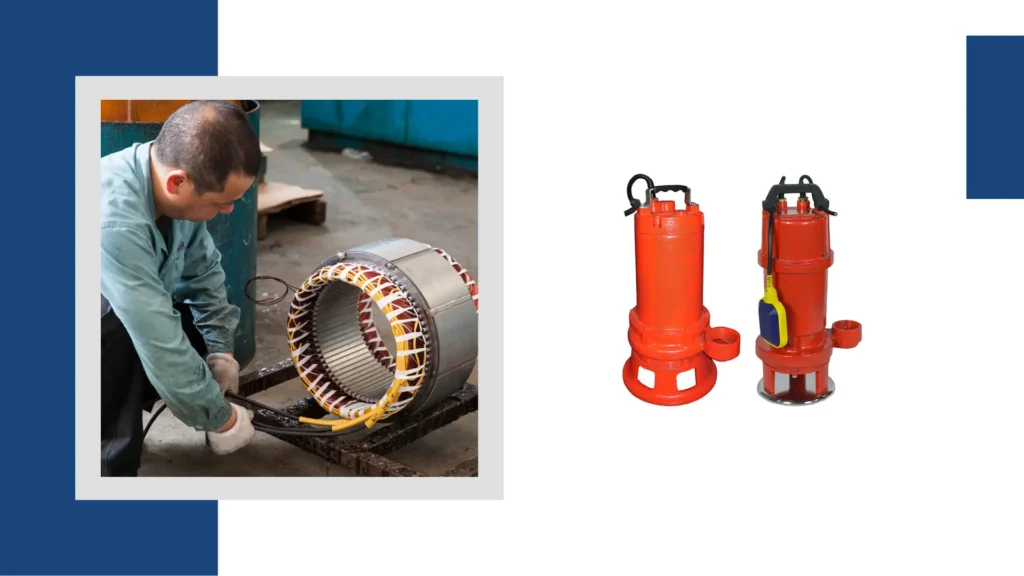
For Professional Installation
Professional technicians require the placement of such submersible pumps.
Correct and effective complications may be addressed by implementing these placements.
Installation is helpful in decreasing the chances that the pump will suffer from operation difficulties and significantly enhancing performances.
Well experienced technicians in the subject can also apply the knowledge of their field in respect to maintenance measures and troubleshooting so that this machine would live for long.
Environmental Impact
Supporting Sustainable Water Management
Submersible pumps are important components of sustainable water management.
Through the efficient conveyance of water and the alleviation of waste, these devices help in the responsible conservation of water resources.
Also, they enable reliable waste-water treatment, which safeguards ecosystems and minimizes environmental health.
Reducing Carbon Footprints
In addition to this very important issue, the efficiency of electric submersible pumps contributes significantly to reducing carbon footprints from water treatment plants.
By consuming power lesser, the fine pump jacks contribute to the prevention of greenhouse gas emissions and the saving of the environment.
This effect corresponds all the more because of ever-increasing global climate change initiatives.
Sustaining Ecosystem Health
For proper wastewater treatment and minimal pollution, efficient water management techniques-via the utilization of submersible pump- ensure the restored health of any ecosystem that is left behind.
Consequently, water contamination by pollutants will be reduced and hence enable the preservation of favorable diversity and protection of aquatic habitats.
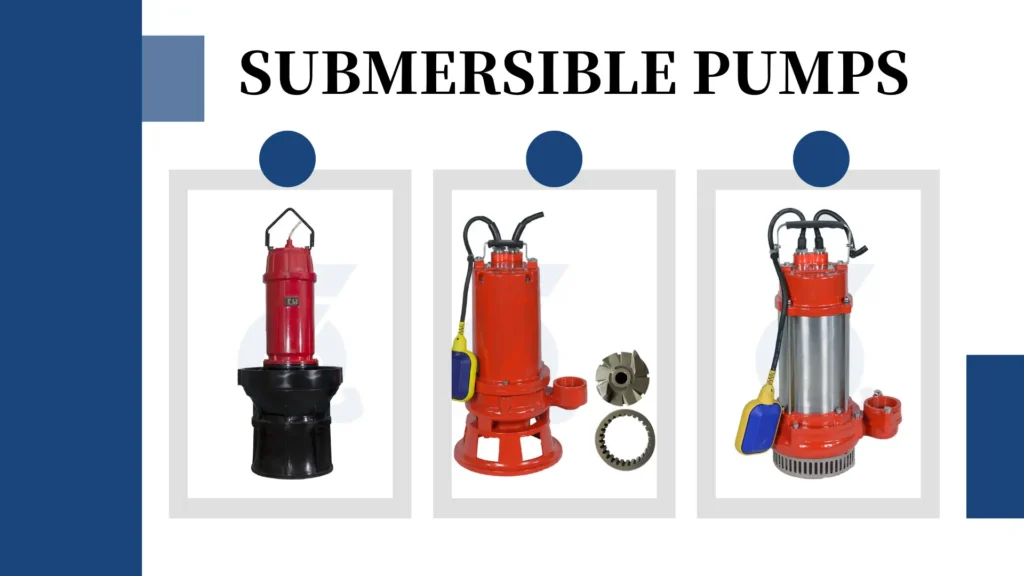
Conclusion
From a general point of view, submersible pumps really offer a full package in terms of water treatment while working in larger capacity water treatment plants.
The pumps help in keeping a reliability in the supply of clean water; they also aid in proper management of wastewater, and promote energy administration. Its design and features contribute uniquely; hence the submersible pumps are found in all modern water treatment plants.
The correct selection to be made in submersible pumps is good to be an essential item for attaining top-notch performance.
Elements like the size, material, and manner of completing the installation are major blessings when it comes to maximizing efficiency ad prolonging the life of such important equipment-thus better choices installed bring massive gains in performance.
On these consequences, the water treatment industry decision-makers, who wish to profit from such assets, namely high-quality submersible pumps, should start thinking now about potential step changes by exploring what is in the market and from those quality and experienced suppliers to come into strategic collaboration for improving facility effectiveness on water resources around them.

